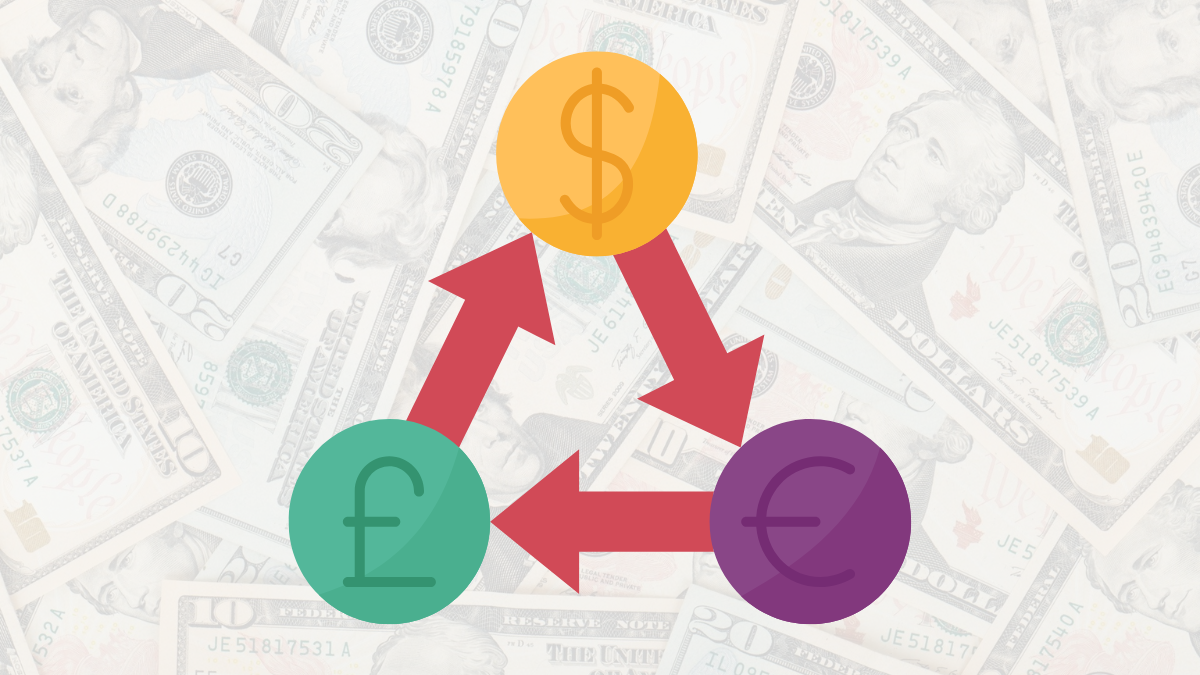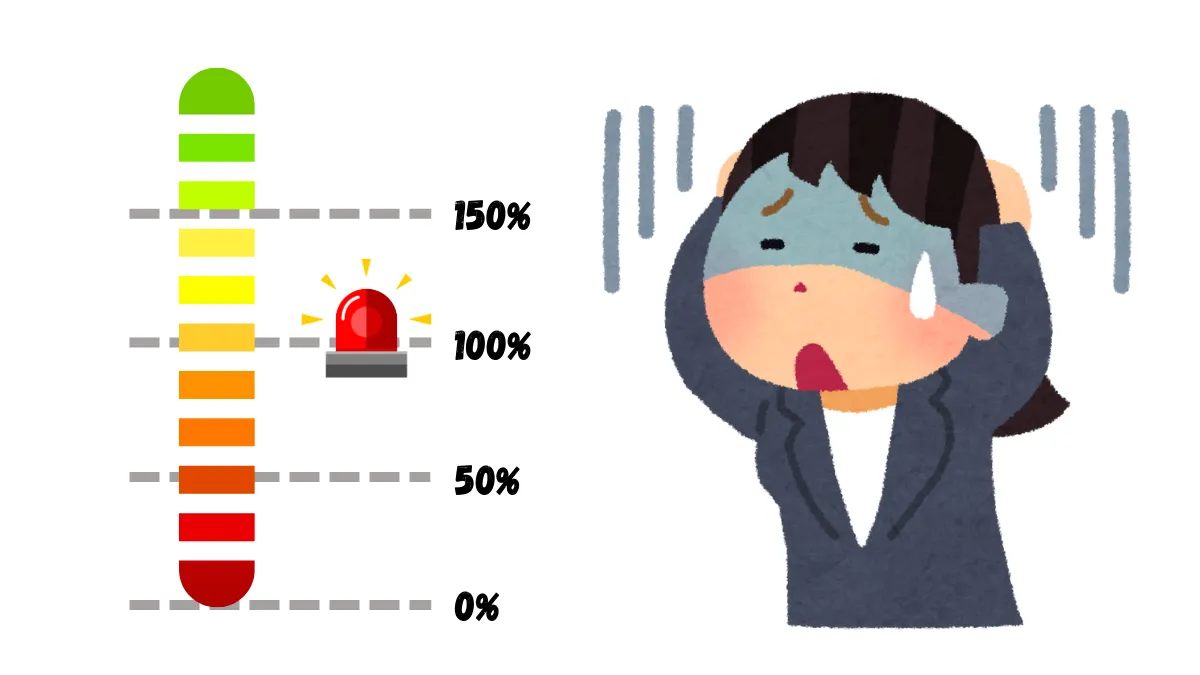Forex trading is one of the largest and most liquid markets in the world, but for beginners, understanding the basics of forex trading and how to participate in the market effectively is crucial. Here are the basic steps and strategies for forex trading.
※ Choosing a regulated broker ensures the safety of your transactions and the transparency of trade execution.
You also need to decide how much leverage to use. Leverage can amplify your profits or losses, so it needs to be used with caution.
These two methods can be used alone or in combination to help you predict exchange rate changes more accurately.
※ Every trader has a different risk appetite, so strategies should be adjusted according to individual circumstances.
Additionally, it is not recommended to invest all your capital in a single trade, as this can reduce the risk exposure of your funds.
1. Understand How the Forex Market Works
The forex market is where global currencies are traded. You participate in the market by trading currency pairs, such as EUR/USD (Euro/US Dollar). The essence of forex trading is to make a profit by buying one currency and selling another. Traders decide whether to buy or sell a currency pair based on their predictions of market movements.- Buy (Go Long)
When you believe a currency will appreciate, you buy that currency pair. - Sell (Go Short)
When you believe a currency will depreciate, you sell that currency pair.
2. Choose a Suitable Forex Broker
To trade forex, you need to choose a forex broker. A broker provides a platform for you to buy and sell currencies. When choosing a broker, consider the following factors:- Spreads: The difference between the buy and sell prices offered by the broker. The smaller the spread, the lower the trading cost.
- Leverage: Leverage allows you to control a larger position with less capital, but it also magnifies risk.
- Platform Features: The platform provided by the broker should have technical analysis tools, charts, and real-time data.
※ Choosing a regulated broker ensures the safety of your transactions and the transparency of trade execution.
3. Open a Forex Trading Account
After registering with a broker, you need to open a forex trading account. Most brokers offer different types of accounts. Choose the account type that suits your capital size and risk tolerance:- Standard Account: Suitable for investors with larger capital and higher trading volumes.
- Mini Account: Suitable for beginners with less capital, allowing for smaller position sizes.
You also need to decide how much leverage to use. Leverage can amplify your profits or losses, so it needs to be used with caution.
4. Master Forex Market Analysis Methods
Before you start trading forex, it's crucial to understand how to analyze the market. There are two main methods of analysis in the forex market:Technical Analysis
Technical analysis relies on price charts and technical indicators to predict market trends. Common technical tools include Moving Averages (MA), Relative Strength Index (RSI), Fibonacci Retracement, etc.Fundamental Analysis
This method focuses on economic data and global events, such as a country's GDP, employment data, inflation rates, and central bank interest rate decisions, to predict currency movements.These two methods can be used alone or in combination to help you predict exchange rate changes more accurately.
5. Develop a Trading Strategy
Before you start trading, it's essential to develop a trading strategy. This can help you avoid emotional trading during market volatility. Common trading strategies include:- Day Trading: Traders open and close positions within the same day to profit from short-term market fluctuations.
- Swing Trading: Positions are held for a longer period, usually from a few days to a few weeks, to trade on medium-term market swings.
- Trend Trading: Traders trade in the direction of the market's long-term trend, whether it's an upward or downward trend.
※ Every trader has a different risk appetite, so strategies should be adjusted according to individual circumstances.
6. Risk Management and Stop-Loss
The volatility and leverage effect of forex trading make risk management crucial. Here are a few common risk management methods:- Set a Stop-Loss Order: A stop-loss order can limit your losses to a certain range when the market moves in an unfavorable direction. This protects your capital even during sharp market movements.
- Set a Target Price: Before each trade, decide on your expected profit target. When the market reaches this price, consider closing the position to lock in profits.
Additionally, it is not recommended to invest all your capital in a single trade, as this can reduce the risk exposure of your funds.
7. Continuous Learning and Optimizing Trades
The forex market is constantly changing, so it's important to keep learning and optimizing your trading strategies. You can:- Participate in Forex Training: Take forex training courses or study materials to learn new trading techniques and strategies.
- Try Demo Trading: Most forex brokers offer demo accounts, allowing you to practice your trading skills without risking any real money.
- Keep a Trading Journal: Review your decision-making process after trading and record your trading results. This will help you optimize future trading decisions.
If you found this article helpful, feel free to share it with your friends.
Let more people learn about Forex trading knowledge together!
Let more people learn about Forex trading knowledge together!






22 Responses
I’m not that much of a internet reader to be honest but your blogs really nice,
keep it up! I’ll go ahead and bookmark your site to come
back in the future. Many thanks
Thank you.
I really like your blog.. very nice colors & theme.
Did you create this website yourself or did you hire someone to
do it for you? Plz reply as I’m looking to construct my own blog
and would like to find out where u got this from. thank you
Thx
Very shortly this site will be famous amid all blog
visitors, due to it’s fastidious articles
Thank you.
I like the valuable information you provide
in your articles. I will bookmark your blog and
check again here regularly. I’m quite sure I’ll learn lots
of new stuff right here! Best of luck for the next!
Thx
What’s up mates, good post and good urging commented at this place, I am
in fact enjoying by these.
Thx
Hello colleagues, how is all, and what you would like to say regarding this post, in my view its genuinely awesome in support
of me.
Hello there! Would you mind if I share your blog with my myspace group?
There’s a lot of folks that I think would really enjoy your content.
Please let me know. Thanks
Sure
Good info. Lucky me I found your blog by chance
(stumbleupon). I have saved as a favorite for later!
I like the helpful info you supply in your
articles. I will bookmark your weblog and test once more here
regularly. I’m fairly sure I will be told many new stuff right
right here! Good luck for the following!
Sure
Great weblog here! Additionally your web site lots up very fast!
What host are you using? Can I am getting your affiliate link for your host?
I desire my website loaded up as quickly as
yours lol
Hi there! 😊
Thanks for your kind words! We’re glad you find our site fast and smooth.
We’re currently not sharing affiliate links, but we truly appreciate your interest.
Wishing you great success with your own website as well!
— The Mister.Forex Team
Its such as you learn my mind! You appear to understand a lot about this, like you
wrote the book in it or something. I believe that you just could do with a
few percent to force the message house a little bit, but other than that, this is wonderful blog.
A fantastic read. I’ll definitely be back.
I don’t know whether it’s just me or if everybody else experiencing problems with
your site. It seems like some of the text in your content are
running off the screen. Can someone else please provide feedback and let me know if this is happening to them too?
This might be a problem with my web browser because I’ve had this happen before.
Appreciate it
Hi there! 👋
Thanks for letting us know. Could you please send us a screenshot of the issue to [email protected]
? Our team will check it and help you resolve the problem as soon as possible.
Appreciate your feedback!
— The Mister.Forex Team
hivzela hairu